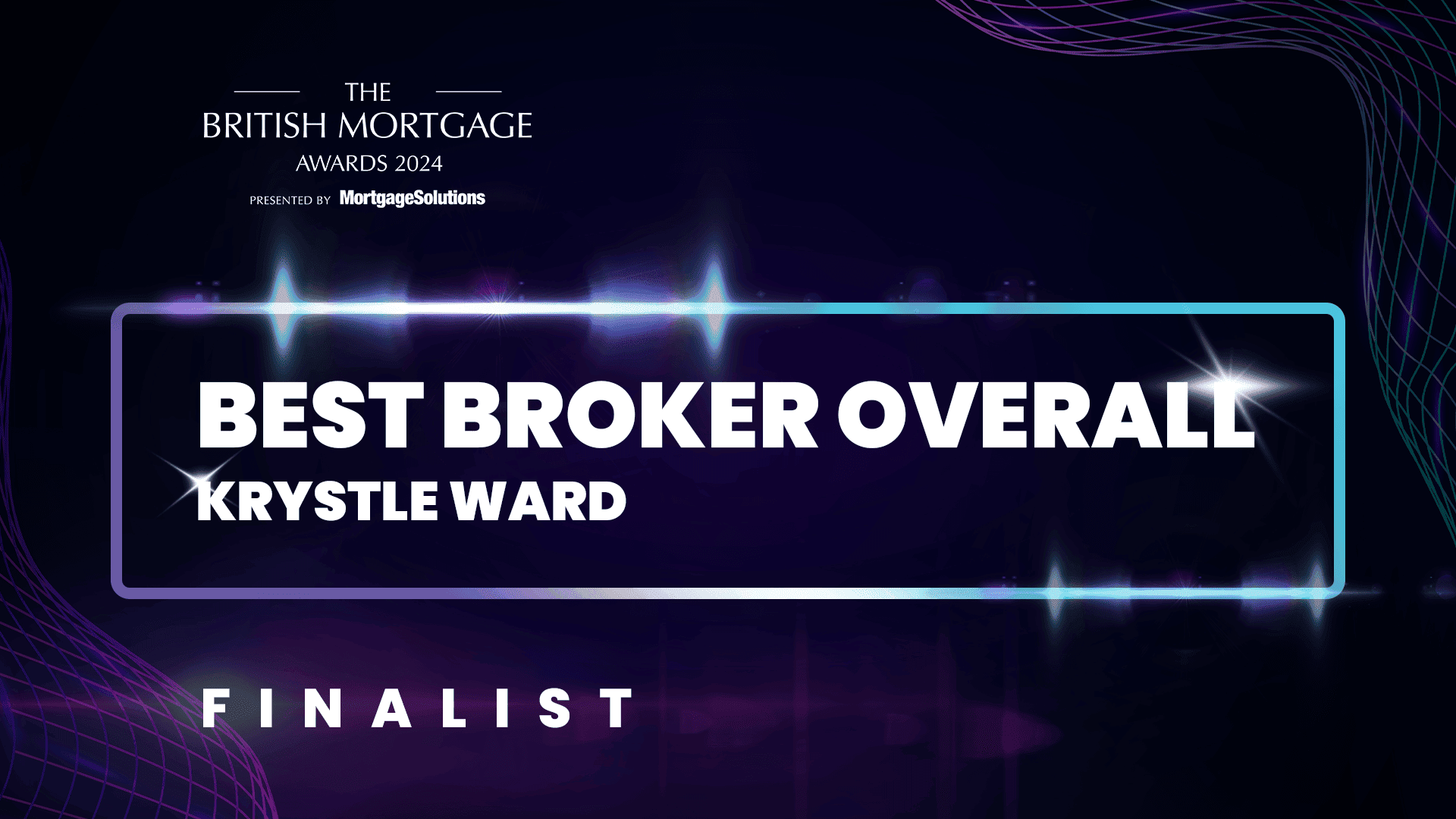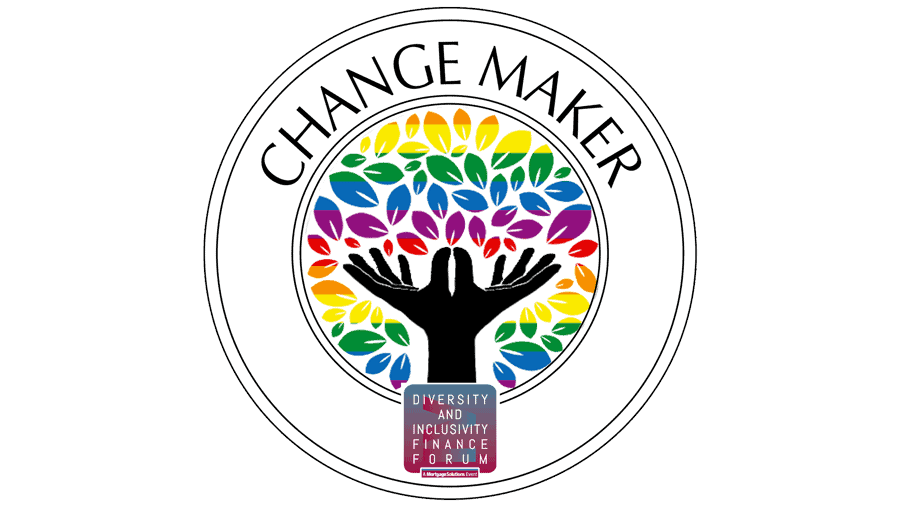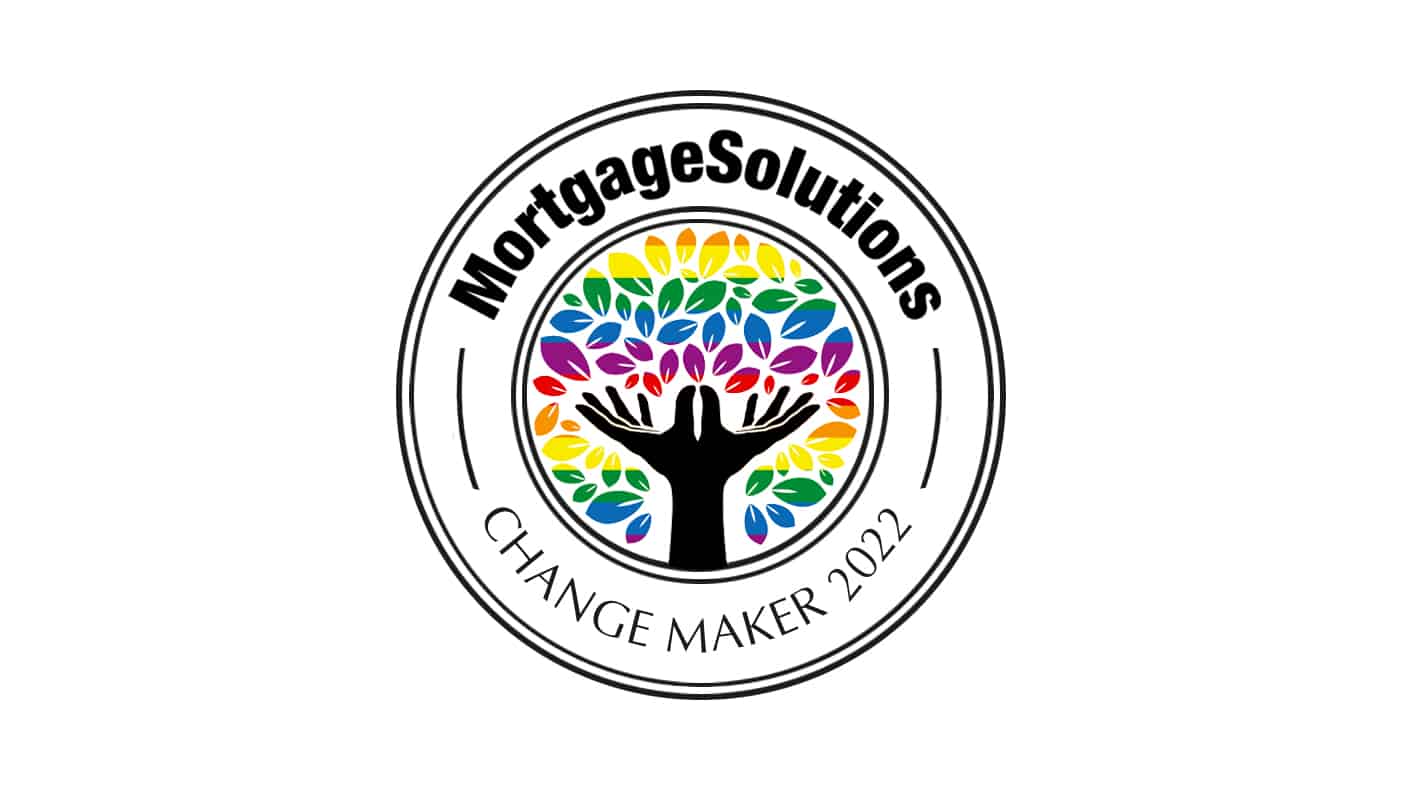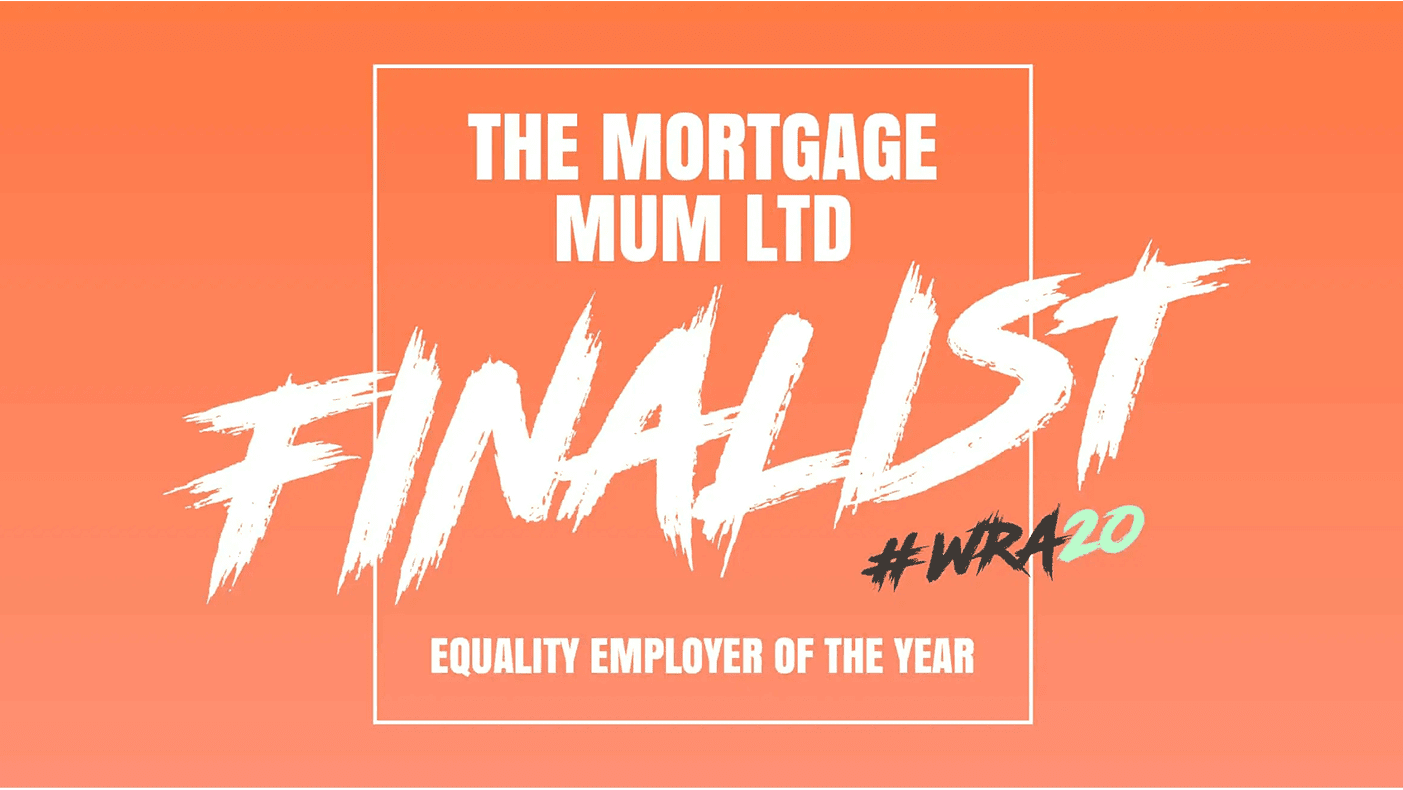Product Transfer Mortgage
- Multi- Award winning team
- Wide range of lenders
- Bespoke service, tailored to you
- Available at all hours, including after bath time!
Get in touch for an initial free, no obligation chat with an advisor about how we might be able to help.

Get in Touch
Home » Product Transfer Mortgage
Product Transfer Mortgage
Hello and a warm welcome to today’s episode of The Mortgage Mum podcast where we are diving into product transfers. What are they? How do they work? Are they the same as a remortgage?
We’re going to be answering all the questions that you’ve been sending in on this topic and we’ve got the wonderful Tessa here to host the episode as always.
What is a product transfer and how does it all work?
A product transfer is when you switch to a new mortgage deal when your rate ends with your existing lender. Rather than remortgaging to another lender, you decide to stay with them and switch onto a new product.
Your lender will contact you directly, typically three to six months before your deal ends. More often than not, it happens six months before. They’ll give you some options.
More and more lenders now have an app and you might be able to just log on to your app to see when that window of opportunity opens. You can then choose a new mortgage product and switch, so when your rate runs out you automatically go onto the new deal. Brokers and advisors can also do this for you.
I’d encourage you to speak to a broker, because they’re going to tell you whether it’s better to stay with your existing lender – and they can take care of that for you. Or, they’ll tell you if there’s something better on the market for your situation.
It’s really important to look at both options. It can be really easy to do a PT, as people call it, but it’s just one of many options available to you.
Is it better to stay with your existing lender?
It really depends on the why. When you come to us and your rate’s about to run out, the first thing we do is look at the open market. What could you get with other lenders? Is it going to be cheaper?
There are positives – there’s usually less paperwork for a product transfer. That’s a big benefit for people when they’re busy, they’re not really rate driven, and they just want to get it done.
But it’s worth checking the market for a remortgage as well as the product transfer. Yes, it might be quicker, but you could save quite a bit if you go elsewhere. It really depends what you think is going to happen in the next two to five years.
If you’re looking at a potential deal, is a PT going to be the right thing? Do you need more flexibility? Do you need to be with a lender that has more affordability, if you’re thinking of moving house in the next few years?
These are all things that should come into the conversation before you just switch your product.
When would I need a product transfer? Can I product transfer early?
You can’t transfer earlier than the end of your rate, but you can look to reserve a rate earlier. You can do that with a remortgage too.
It can be really important to do that because as we’ve seen, interest rates have gone up, come down, gone up again and come back down [podcast recorded in February 2025]. Again, this is where an advisor is worth their weight in gold.
If you book a rate with an advisor, whether that’s via a product transfer or remortgage, we can price check that rate for you throughout the term until your deal actually expires. If it’s going to be a lot better, we will do a new application for you. If you do a product transfer directly, you are booking that rate and you’d need to be on top of that yourself.
At the moment, in February 2025 booking a rate early is not the best thing as people tend to be coming off of a rate that’s much better than what they will move onto. The longer they can keep that rate, the better.
There are times where people would want a product transfer early, though, normally because they want to borrow more money and access that before their rate ends.
You can then do something called a further advance, which we can cover in another episode, but the two intertwine because they’re both with your current lender.
If you try to do a product transfer early, while you may be technically allowed to do it, an early repayment charge may apply if you’re in a fixed term deal. Just be very mindful of that.
If you are doing it directly, they should come up with a warning that if you switch now, you could get charged a fee.
Speak to an expert
We will work at times that suit you and your family, carrying out appointments via video call, telephone or email, giving you the benefit of first class service, around your own schedule, and in the comfort of your own home. So let us handle your mortgage today and find out how well we can look after you, The Mortgage Mum way!
How long does a product transfer take?
It’s a bit quicker than a remortgage, because you don’t need any legal work. You don’t often need a new valuation, either. That’s because the lender isn’t looking at your case as a completely new application.
With a remortgage, there is some legal work involved to transfer the debt to a new company. That’s normally free, so it’s not something you normally have to budget for, but you do have to budget time for that.
It’s why we like to have as much notice as possible. With a product transfer it’s straightforward – your current lender usually won’t want to do further checks on anything including your income and your personal situation, unless there have been major changes.
They’re happy to switch it for you on the basis of your history with them.
A lot of people do product transfers when they’re really close to the end of their deal and they’ve left it late to do a remortgage. It can be better to just do a PT than sit on the variable rate.
How much does a product transfer cost? Are there any other costs to know about?
Some advisors may charge you a small application fee to do a product transfer. It’s likely to be cheaper than a charge for a remortgage. They still need to do work, so they may still charge you for that. Otherwise, there shouldn’t be any fees.
There are no legal fees or valuation costs, as we just talked about. Some lenders will charge a product fee, which is normal, but this can be added to the mortgage. Of course, that means you will pay interest on that amount.
It’s essentially free most of the time, but there might be an advisor charge – I don’t want to eliminate that possibility.
Do you need a credit check for a product transfer?
In most cases, no, your lender relies on the payment history that they’ve got on file. If you’re trying to borrow more or you’re making changes, such as reducing the mortgage term, they will likely want to check your income and credit again to make sure you can afford it.
If you reduce your term, your monthly payment will go up. They want to make sure you’re going to be able to afford that.
Can you cancel a product transfer?
You can, if you haven’t completed on it yet. You can notify your lender that you wish to cancel the product transfer application. If you’ve completed and the date’s gone, that’s not possible.
Some lenders offer a cooling off period, so you could check the terms, but it’s unlikely that if the switch has gone through you can backtrack at that point. The alternative is to remortgage, but they might have exit fees for you.
You’ve demonstrated how an advisor can help here. Is there anything else we need to know?
It’s just worth reminding people that your advisor will give you the best information and advice. A lot of people assume if they go to an advisor, they’re going to be talked into remortgaging to another lender – because the advisor will earn more or have more chance of getting the business.
But any good advisor will simply tell you if your current lender is the best option for you and why. Perhaps they’ve got the cheapest rate on the market, or perhaps your personal situation means it’s better to stay with your current lender and negotiate a better rate.
It’s well worth talking it through with your advisor. They’re not going to make the process any harder for you – they will take care of it. And, when it comes to the interest rate environment at the moment, having that price check is invaluable. Things are always changing and shifting.
As I said on previous episodes, you want to work with your advisor for a lifetime. Even if that means you’re doing product transfers for the next two or three applications, there will be a time where you’ll want to talk to them again, potentially about something new.
Having that wonderful long-term relationship with them will always be of benefit to you going forward. It’s a journey, and now that we’re five or six years old here at The Mortgage Mum, we’re seeing people who got on the property ladder when we started, who are now having families and thinking about their futures.
It is a really wonderful thing to be with them on this journey from the beginning.
THINK CAREFULLY BEFORE SECURING OTHER DEBTS AGAINST YOUR HOME.
YOU MAY HAVE TO PAY AN EARLY REPAYMENT CHARGE TO YOUR EXISTING LENDER IF YOU REMORTGAGE.
YOUR HOME MAY BE REPOSSESSED IF YOU DO NOT KEEP UP WITH YOUR MORTGAGE REPAYMENTS.






















































